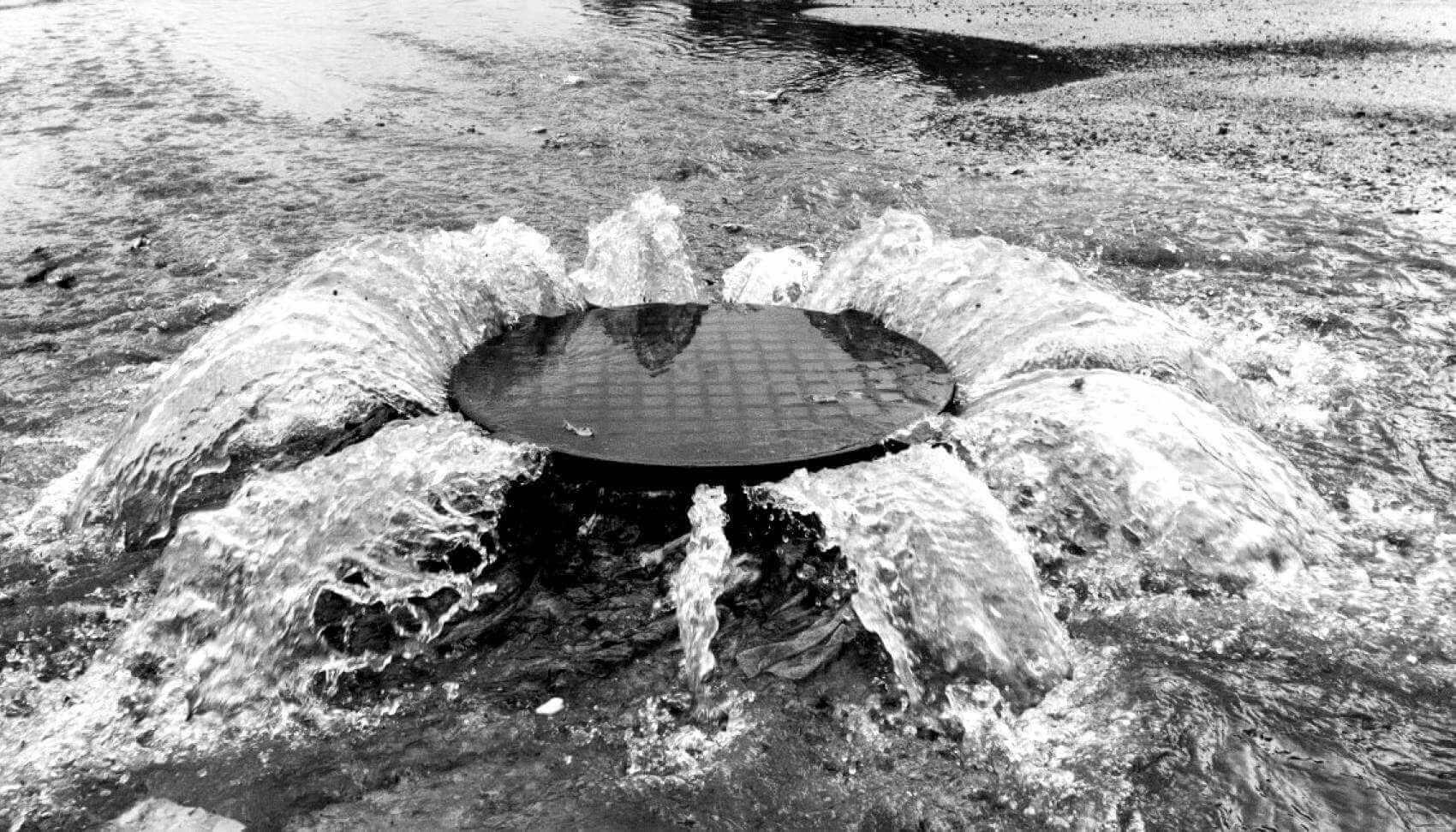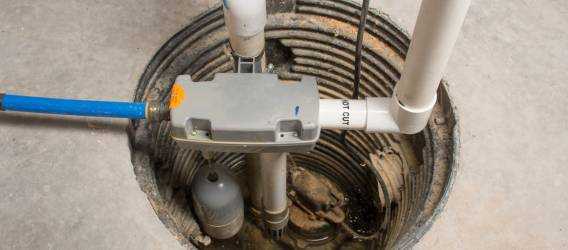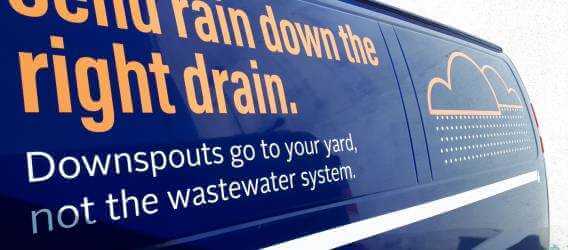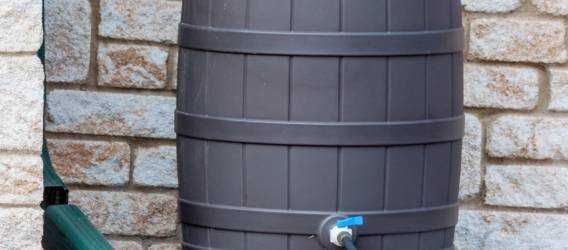Inflow and infiltration (I&I) can cause wastewater backups and overflows that may be harmful to humans, animals, and the environment. Reducing I&I will help protect our waterways and our community.
Provides education, technical support and enforcement, within Halifax Water and the community to reduce stormwater and groundwater entering the wastewater system.
Keeping rain closer to where it falls allows it to be absorbed into the ground and reduces stormwater runoff from roofs, driveways, and parking lots.
When downspouts are connected to the wastewater system, the sewers become overloaded during rainfall, increasing the risk of sewer backups and overflows.
What is I&I?
Inflow and Infiltration (I&I) is excess water that flows into wastewater pipes from groundwater and stormwater, creating extra volumes to be carried by the pipes.
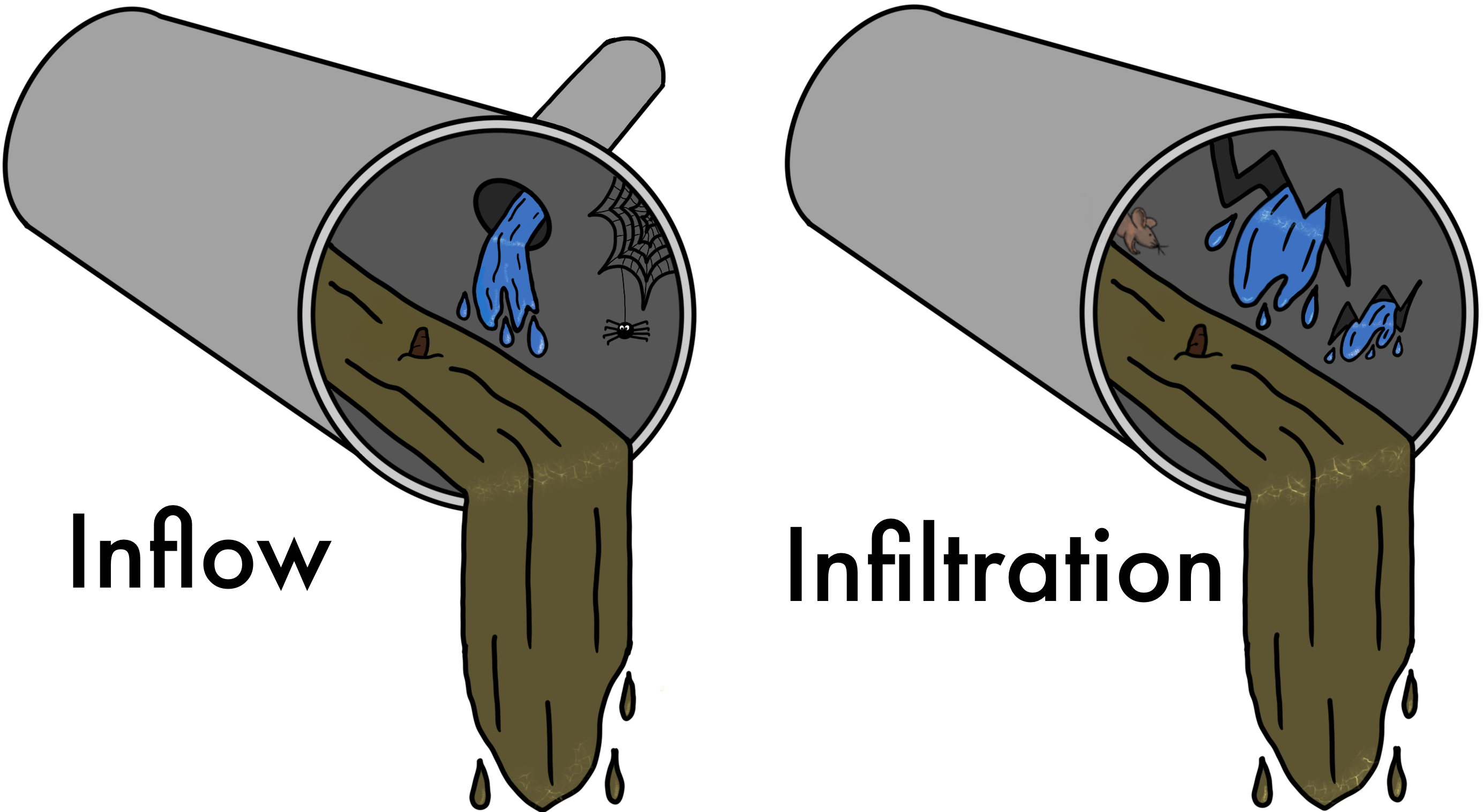
Inflow is stormwater that enters the wastewater system through a direct connection such as foundation drains (weeping tile), roof drains, downspouts, sump pumps, uncapped cleanouts, catchbasins, and other drains from yards and driveways.
Infiltration is stormwater and groundwater that enters the wastewater system through cracks, leaks, or roots in the pipes.
Stormwater is different than wastewater, but where should it go?
Did you know that Halifax Water is continually assessing and rehabilitating its water, wastewater, and stormwater pipes, but as a property owner you also own and maintain pipes located on your property? Those pipes are called ‘service connections’ or ‘laterals’ and they each serve a different purpose. To learn more about Halifax Water’s water, wastewater, and stormwater services, see our What We Do page.
The water lateral delivers drinking water from the main pipe in the street to inside your house.
The wastewater lateral carries flow from toilets, sinks, bathtubs, showers, dishwashers, and washing machines to the wastewater pipe in the street.
The stormwater lateral carries flow from rain, groundwater, and snow melt, including stormwater from sump pumps and yard drains to the stormwater pipe in the street (downspouts should discharge overland). Some areas have stormwater ditches instead of buried pipes.
The wastewater system is not designed to handle excess flow from wet weather events. The pipes become full and that’s when sewer overflows and sewer backups often happen. Stormwater should be directed overland and away from building foundations so it can return to the natural water cycle. Where that is not possible or practical, the stormwater can be directed to Halifax Water’s dedicated stormwater system and carried to a nearby waterbody.
Why should we reduce I&I?
Stormwater does not need to be treated at a treatment facility. By reducing I&I we can:
Pumping and treating stormwater that is mixed with wastewater uses extra electricity. Removing I&I from Halifax Water's wastewater systems is a direct savings on electricity and our carbon footprint.
Treating wastewater uses a number of different chemicals. When stormwater is mixed with the wastewater it causes Halifax Water to use more of these chemicals to treat the wastewater effectively.
The elimination of overflows at manholes, pumping stations, and treatment plants is a high priority for Halifax Water. The removal of stormwater from the wastewater system is the best way to achieve this.
Explore the links below to learn more about I&I.
